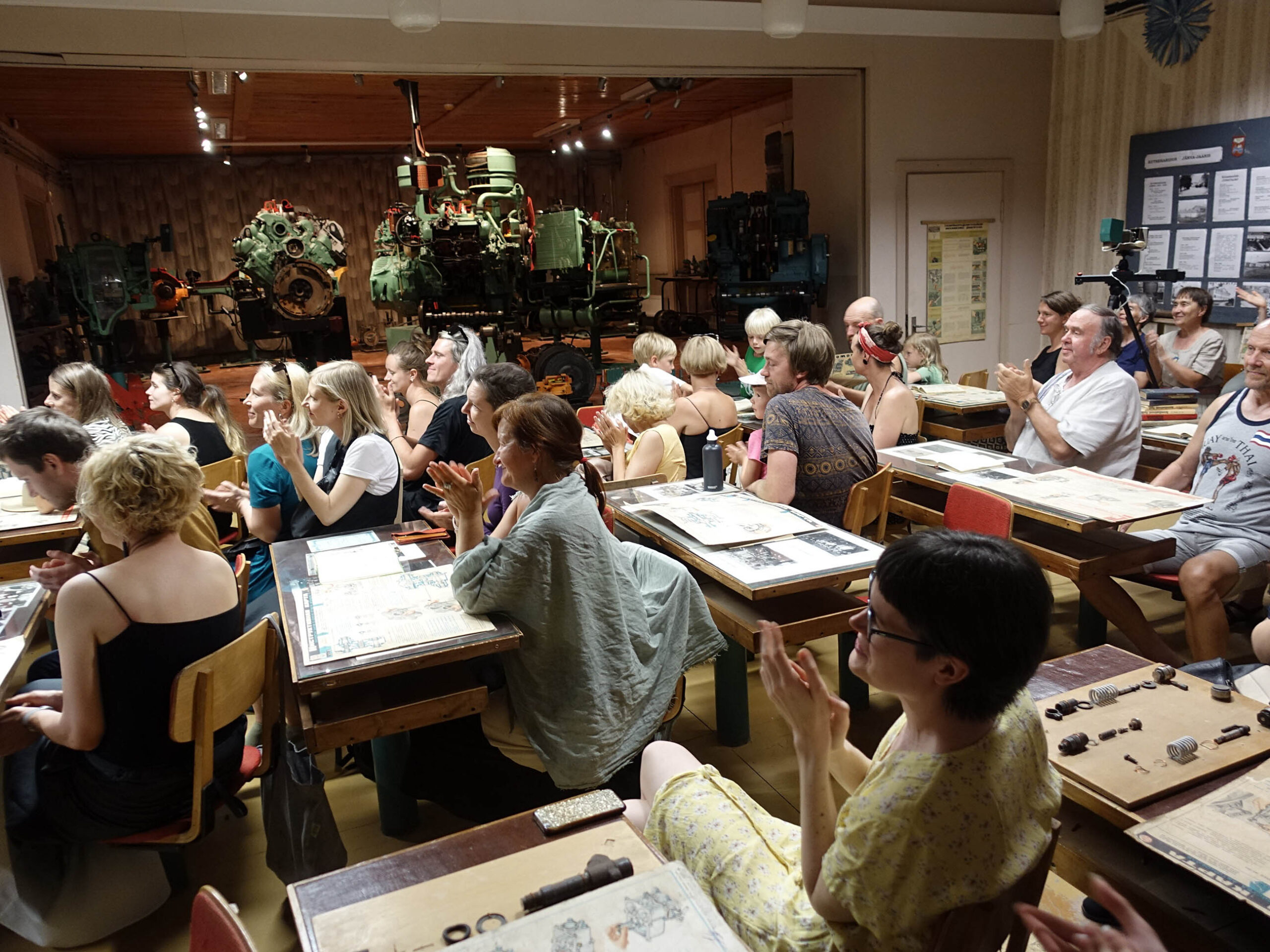
The project Artists in Collections, Collectives and Communities started in 2017 as a self-organised initiative that has evolved through several stages, initiating all together 19 projects-conversations and also taking part in large-scale cultural programmes like the 100th Anniversary of the Estonian Republic and European Capital of Culture Tartu 2024. Our format has been quite simple: we send contemporary artists to small towns across Estonia to gather ideas and to create site-specific artworks based on these insights; to make this happen, we gather funds in order to establish infrastructure for residencies and exhibitions in places where such facilities are typically absent. This model is not unique – there is a long tradition in institutional critique where artists engage with heritage from different angles, as in post-colonial discussions about power relations around collections and communities. But when we started seven years ago, projects that would systematically integrate heritage and contemporary art were pretty much missing in Estonia; in addition, socially engaged art and working with non-art communities has also not been particularly popular.
We wanted to test this model in Estonia and to bring together different fields to foster new contacts and to raise questions about heritage using contemporary art tools and to look at what stories are being told, what is considered valuable, and how has heritage preservation developed in various communities. Focusing on regional cultural life was important from the start, because as in many other countries, small towns and villages in Estonia face declining and ageing populations. Jobs and professional culture have become concentrated in a few larger cities like Tallinn and Tartu, making access to professional culture more difficult. We wanted to take artists out of their usual gallery circuit to foster new encounters within the creative process and to emphasize the idea of domestic residencies, countering the then-common perception that a "proper" residency offering new impulses can only take place abroad.
Uninvited guests
Initially, thinking of the possible roles artists could assume, we thought of three: being either a guest, an observer who researches, asks questions, but ultimately creates their gesture or artwork independently; being a co-creator which would mean a longer-term and much messier process, where the outcome may not be as significant as the collaborative process itself; or a service provider who fulfils a specific, predefined request.
In the end, in our case, the most accurate term would probably be "an uninvited guest". Given that integrating contemporary art with heritage sectors had not been systematically done in Estonia before, we chose not to wait to be invited. And since this project was conducted alongside our jobs, we leaned towards a “community-inspired” approach rather than full co-creation, which would have required much more time, effort, and financial resources. Looking back at the dialogues that have emerged, it can be said that they have been rather poetic, slightly ironic but mostly gentle. It has not felt appropriate to use a highly critical or forceful approach with an institutional critique, since most of our host organisations, like small museums, were underfunded and understaffed. One example of that kind of complementary rather than intrusive approach was executed by artist Marge Monko in Võru County Museum. The permanent exhibition there narrated a nationalistic, heroic tale of local life during the first republic of Estonia. But Monko added, based on her research in the collections, a display that focused on entertainment culture during that time, showing how this small town in Estonia interpretated the cosmopolitan trends in fashion, music, cinema, café culture etc. This “frivolous” side counterbalanced the stern seriousness of the existing displays and helped to raise questions about what is valuable enough to put on display.
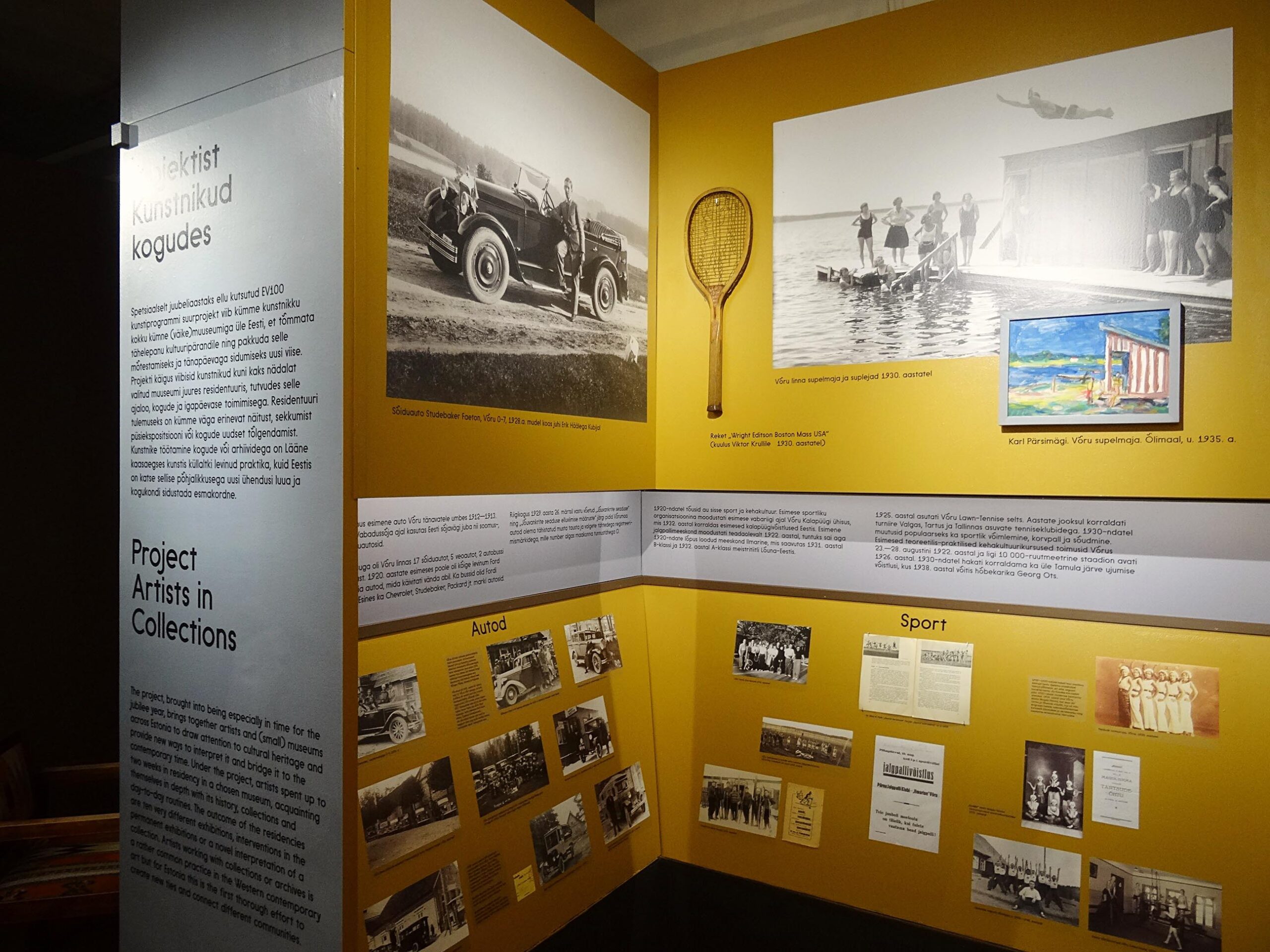
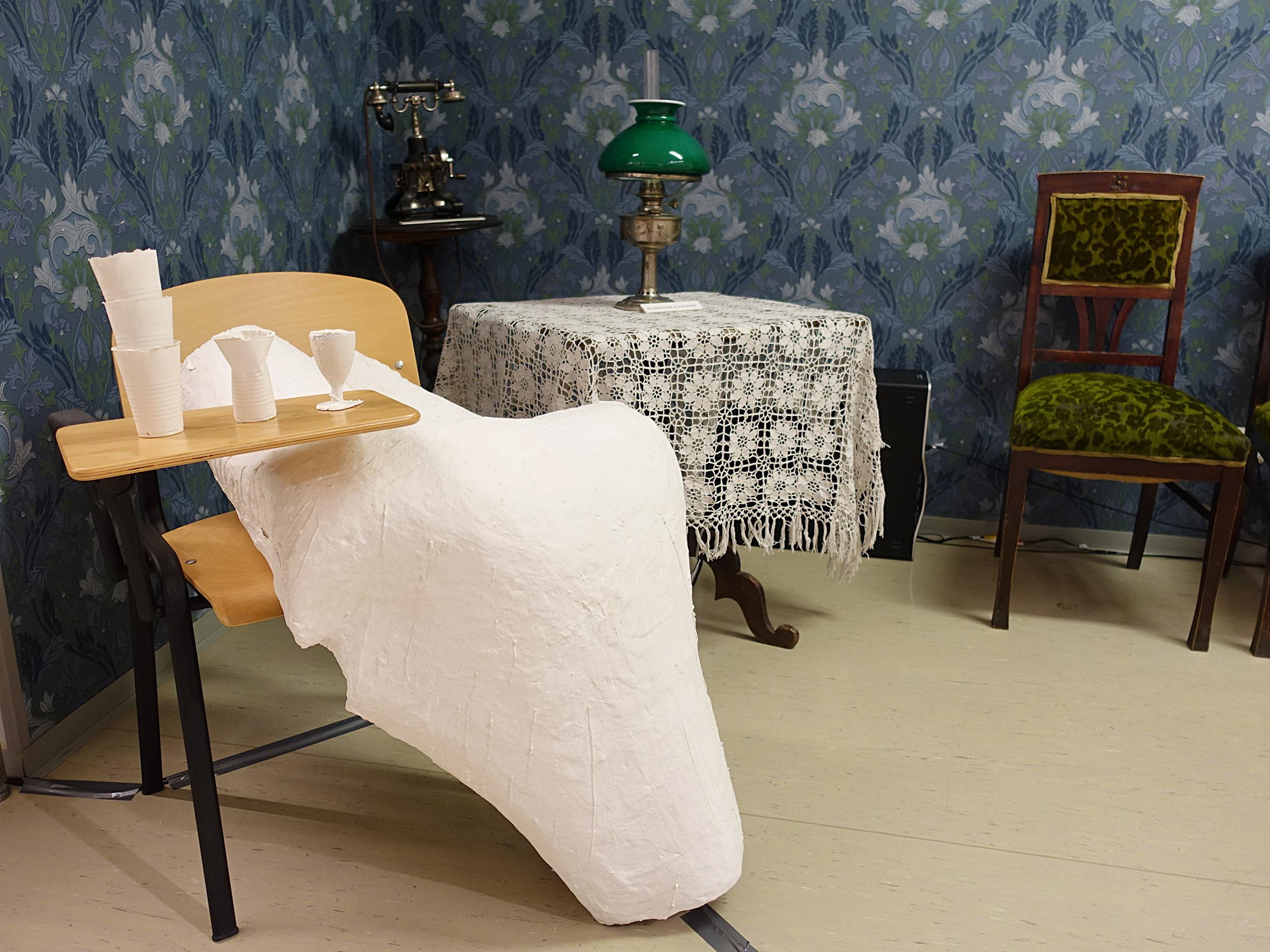
Still, the guest position can also be quite tricky, especially when you have invited yourself. A lot of energy goes into convincing different parties and building a framework each time from scratch. The guest role also requires a certain courteous manner dependent on the hosts decisions regarding information, production, communication, and so on. It can end up being a politeness trap, resulting in safe outcomes. We encountered situations where, after the residency, the artist could not find their place in the dialogue – everything seems to be so neatly in place like a huge “do not disturb” sign hanging all over the museum. Whenever this happened, we paused and tried to look at the situation with fresh eyes – since we are a small self-organised project, we can allow ourselves the luxury of being flexible. For example, artist Edith Karlson, who was working at the Viljandi County Museum returned a year after her initial residency with a completely different idea – she delegated the task of selecting significant items in the museum collection to the collection managers, who had been working there for so long that it seemed like they themselves were part of the collection. Based on the stories they told, while not actually mentioning the item, Karlson created abstract sculptural interpretations that were placed together with audio alongside the permanent display.
Traces left behind
It has been important throughout the project to also leave behind some elements of the artworks if possible. That depends both on the artist and the host organisation – are they willing to take care of the artwork after we as mediators leave? Over the years we have still managed several times to leave behind at least something from the exhibitions; for example, the above-mentioned new installation in the permanent display in Võru County Museum, created by Marge Monko, is still there.
In addition, one example is from our latest edition in Järvselja experimental training forestry centre, which is located in such a remote location that most Estonians have not even been there. This project involved artist Uku Sepsivart and the creation of “Experimental Training Museum” that opens layers of the 100 years of rich forestry history and presents the artist’s sculptural experiments both in the museum, but also on forest trails. Järvselja had once had their own unofficial museum space – a single room in the local school – but now the school is gone and the museum room left forgotten. Together with the artist, a local librarian, forestry workers and architect-designers, we were able to create quite a thorough exposition, which the local community can use afterwards independently and develop further. It was especially nice that the artist also decided to leave his artworks there, at least for now.
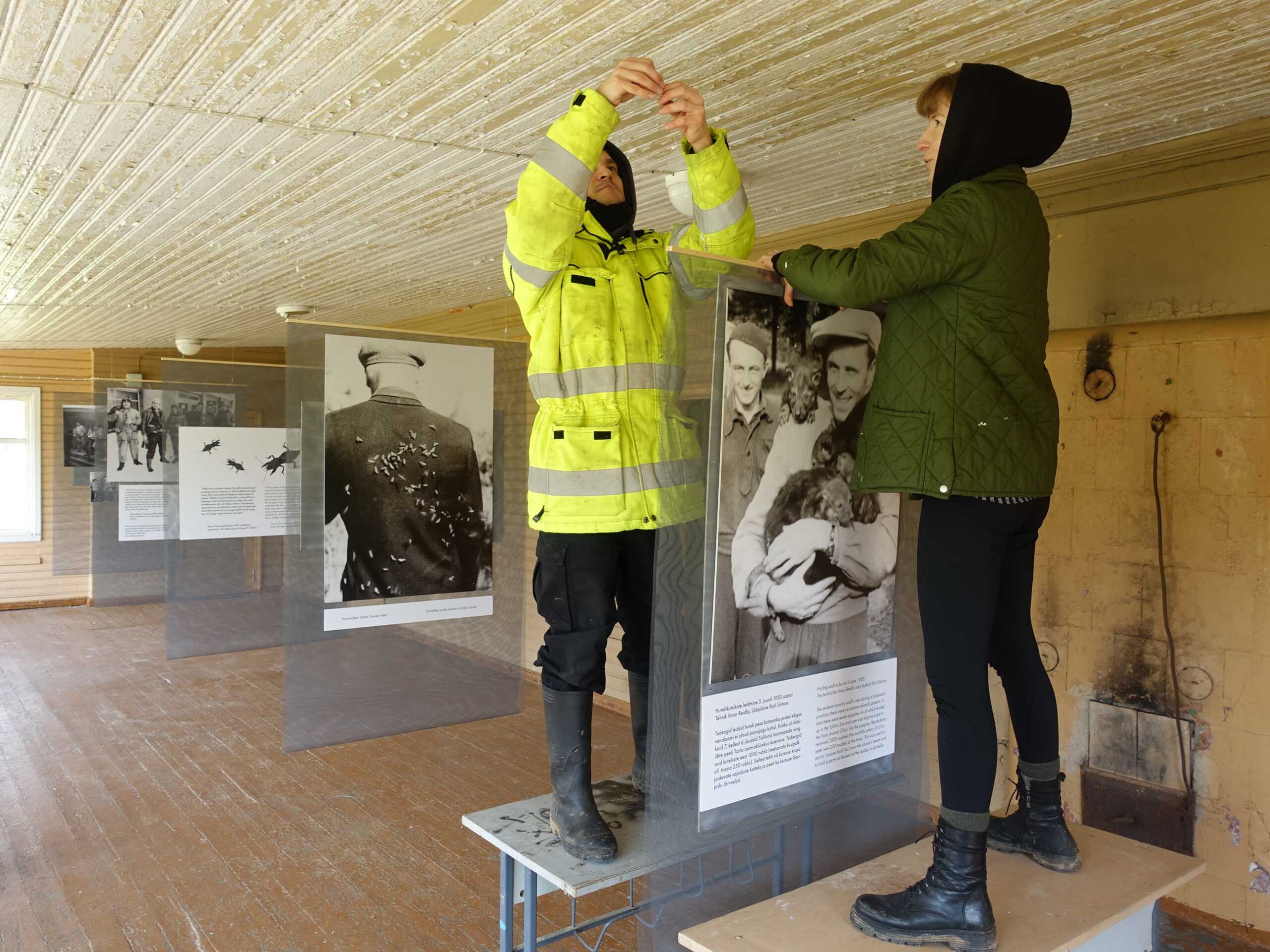
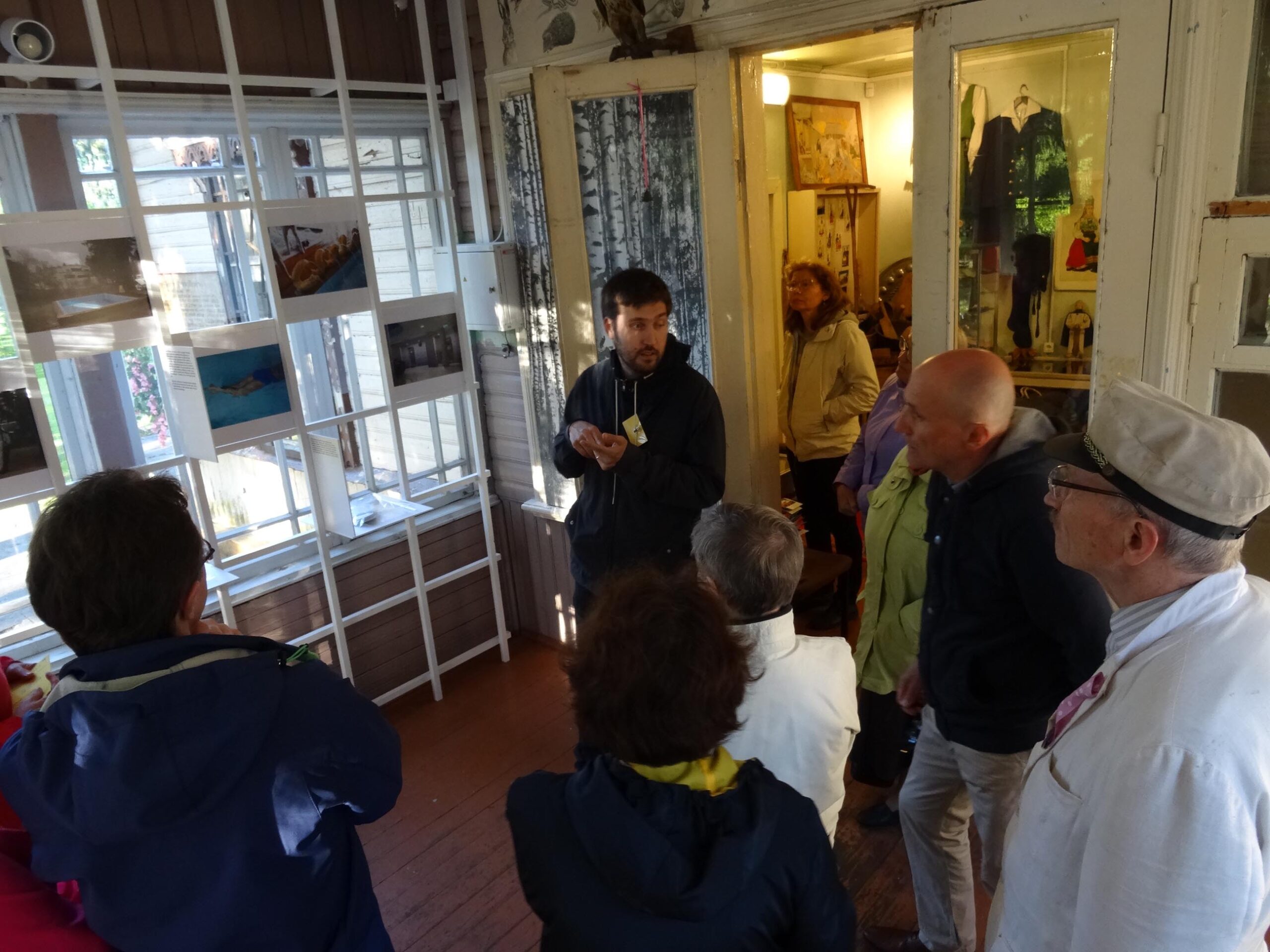
Way forward?
Compared to seven years ago, when we initiated this project, we can see a rise in similar ideas in other parts of the Estonian art field, albeit still mostly involving larger museums, where dialogues between artists and their collections are becoming more common. It’s fair to say that with the current model we have reached as far as a self-organised initiative can go. We’ve seen the value in reaching as many locations as possible, both to introduce different places to artists and to diversify regional cultural life, but one possible option for the future would be to collaborate multiple times in the same location and/or with the same hosting partner, continuously involving new artists. In this way, at least some variables remain constant and we do not have to build everything from scratch each time. Alternatively, this initiative could be taken over by a bigger art institution from the Estonian art scene, so it could evolve into a regular residency programme where artists, heritage sites, communities, and institutions can apply to find dialogue partners. But however it develops, we are open to sharing our know-how – Artists in Collections, Collectives and Communities has collected quite a lot of immaterial heritage of its own.